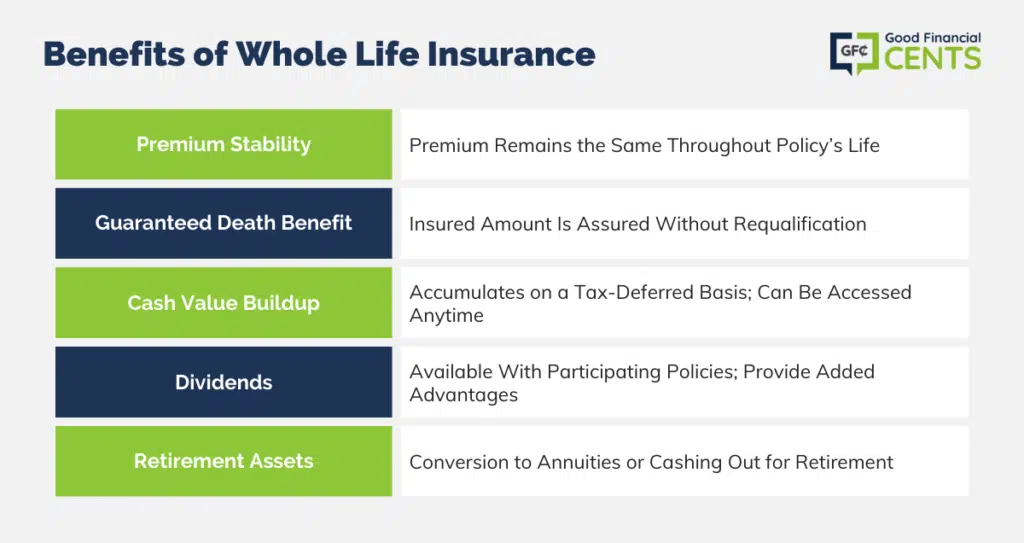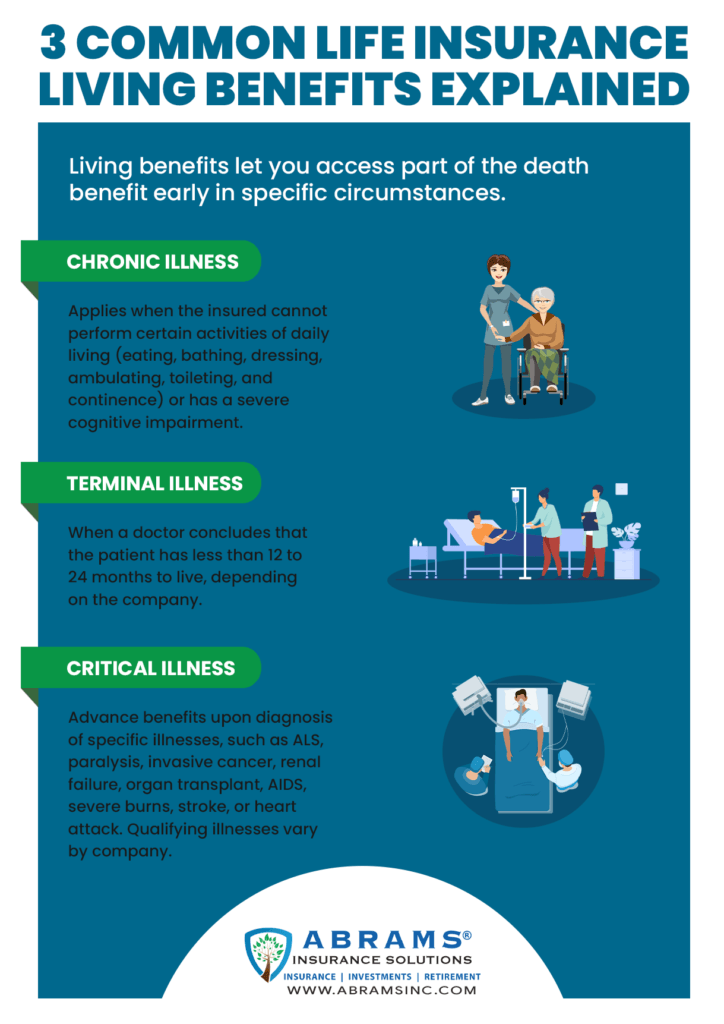Spine Damage from Car Accidents
If you’ve heard of a spine injury before, you know it’s got something to do with the back. The spine is a column of bones that runs down your back. It protects your spinal cord, which is a bundle of nerves that sends messages between your brain and the rest of your body. Spine damage can happen during a car accident if the spine is twisted, compressed, or fractured.
Symptoms of Spine Damage
Spine damage can cause a wide range of symptoms, depending on the severity of the injury. Some common symptoms include:
- Neck pain or back pain
- Numbness or tingling in the arms or legs
- Weakness in the arms or legs
- Difficulty walking or standing
- Loss of bladder or bowel control
- Paralysis
Causes of Spine Damage
Most spine damage is caused by trauma to the spine. This can happen during a car accident, a fall, or a sports injury. Some people are also born with spine defects that can make them more susceptible to injury.
Treatment for Spine Damage
The treatment for spine damage depends on the severity of the injury. Some minor injuries may only require rest and pain medication. More serious injuries may require surgery.
Long-Term Effects of Spine Damage
Spine damage can have a significant impact on a person’s life. Some people may experience chronic pain, weakness, or paralysis. Others may have difficulty working, playing sports, or participating in other activities.
Preventing Spine Damage
There are a few things you can do to help prevent spine damage, including:
- Wearing a seat belt when driving or riding in a car
- Wearing a helmet when playing sports
- Avoiding falls
- Maintaining a healthy weight
- Exercising regularly to strengthen your back and core muscles
Spine Damage from Car Accidents: A Guide to Prevention and Treatment
Car accidents are a leading cause of spine damage, with an estimated 12,000 new cases each year in the United States alone. The force of a collision can cause the spine to twist, compress, or break, resulting in a range of symptoms from pain and numbness to paralysis.
If you have been involved in a car accident, it is important to seek medical attention immediately, even if you are not experiencing any symptoms. The earlier spine damage is diagnosed and treated, the better your chances of a full recovery.
Symptoms of Spine Damage
The symptoms of spine damage can vary depending on the severity of the injury. Some common symptoms include:
Pain: Spinal injuries can cause pain in the back, neck, or other areas of the body.
Numbness: Damage to the spinal cord can cause numbness in the arms, legs, or other parts of the body.
Weakness: Spinal injuries can cause weakness in the arms, legs, or other parts of the body.
Difficulty moving: Spinal injuries can make it difficult to move the arms, legs, or other parts of the body.
Other symptoms: Spinal injuries can also cause a variety of other symptoms, such as headaches, dizziness, fatigue, and difficulty concentrating.
Treatment for Spine Damage
The treatment for spine damage depends on the severity of the injury. In some cases, conservative treatment options, such as physical therapy and pain medication, may be enough to relieve symptoms. In more severe cases, surgery may be necessary to repair or stabilize the spine.
Preventing Spine Damage in Car Accidents
There are a number of things you can do to reduce your risk of spine damage in a car accident, including:
Wear a seatbelt: Seatbelts are the most effective way to prevent spine damage in a car accident. They help to keep you in place and prevent you from being thrown around the vehicle.
Drive safely: Obey the speed limit, avoid distracted driving, and never drive under the influence of alcohol or drugs.
Choose a safe vehicle: Vehicles with high safety ratings are more likely to protect you in a car accident. Consider factors such as the size and weight of the vehicle, as well as its safety features.
Be aware of your surroundings: Pay attention to other drivers and be prepared to react to unexpected situations.
Conclusion
Spine damage from car accidents can be a serious, life-changing injury. However, it is important to remember that there is hope for recovery. With early diagnosis and treatment, most people can make a full recovery. If you have been involved in a car accident, it is important to seek medical attention immediately to assess your risk of spine damage.
Body-Numbing Spinal Injuries: What You Need to Know After a Car Accident
If you’ve been involved in a car accident, there’s a good chance you’re worried about your spine. After all, the spine is a delicate part of the body, and even a minor injury can have serious consequences. So, if you’ve been in an accident, it’s important to seek medical attention right away so you can get the treatment you need.
Diagnosis of Spine Damage
Diagnosing spine damage can be a complex process. There are a number of different tests that doctors may use, including a physical exam, imaging tests such as X-rays or MRI, and neurological testing. Depending on the results of these tests, your doctor will be able to determine the extent of your injuries and recommend the best course of treatment.
Physical Exam:
During a physical exam, your doctor will ask you about your symptoms and perform a series of tests to check your range of motion, strength, and reflexes. This will help your doctor to determine if you have any nerve damage or other injuries to your spine.
Imaging Tests:
Imaging tests, such as X-rays or MRI, can help your doctor to visualize your spine and identify any injuries. These tests can also be used to rule out other conditions that may be causing your symptoms, such as a herniated disc or a spinal tumor.
Neurological Testing
Neurological testing can help your doctor to assess the function of your nerves. This testing may include electromyography (EMG) or nerve conduction studies. EMG measures the electrical activity of your muscles, while nerve conduction studies measure the speed at which electrical signals travel along your nerves.
Treatment for Spine Damage
The treatment for spine damage will vary depending on the extent of your injuries. If you have a minor injury, you may only need to rest and take pain medication. However, if you have a more serious injury, you may need surgery or physical therapy.
Surgery
Surgery may be necessary to repair damaged vertebrae, remove a herniated disc, or fuse two or more vertebrae together. Surgery is typically only recommended for severe injuries that are causing significant pain or neurological problems.
Physical Therapy
Physical therapy can help you to improve your range of motion, strength, and balance. Physical therapy can also help you to learn how to use assistive devices, such as a wheelchair or walker, if you have a more serious injury.
Recovery from Spine Damage
The recovery time from spine damage can vary depending on the extent of your injuries. If you have a minor injury, you may only need a few weeks to recover. However, if you have a more serious injury, you may need several months or even years to recover.
Preventing Spine Damage in a Car Accident
There are a number of things you can do to prevent spine damage in a car accident, including:
- Wearing your seatbelt
- Adjusting your seat so that your knees are bent at a 90-degree angle and your feet can reach the pedals
- Keeping your headrest adjusted so that it supports your head and neck
- Avoiding driving while intoxicated
- Driving defensively
Spine Damage from Car Accidents: A Comprehensive Guide
Car accidents can be a frightening and life-changing experience, and the impact they can have on our bodies can be severe. One of the most serious injuries that can occur in a car accident is damage to the spine. The spine is a delicate structure that houses our spinal cord, which is responsible for carrying messages between the brain and the rest of the body. When the spine is damaged, it can disrupt these messages and lead to a variety of problems, including pain, weakness, numbness, and even paralysis.
If you’ve been involved in a car accident and are experiencing any of these symptoms, it’s important to seek medical attention right away. A spine injury can be very serious and requires prompt diagnosis and treatment.
Symptoms of Spine Damage
The symptoms of spine damage can vary depending on the severity of the injury. Some common symptoms include:
- Pain in the neck, back, or head
- Weakness in the arms or legs
- Numbness or tingling in the arms or legs
- Difficulty with balance or coordination
- Loss of bowel or bladder control
- Paralysis
Diagnosis of Spine Damage
To diagnose spine damage, your doctor will perform a physical exam and ask you about your symptoms. They may also order imaging tests, such as an X-ray, MRI, or CT scan, to get a better look at your spine. These tests can help your doctor determine the extent of the damage and develop a treatment plan.
Treatment for Spine Damage
Treatment for spine damage depends on the type and severity of the injury. In some cases, conservative treatments, such as pain medication, physical therapy, or chiropractic care, may be enough to relieve symptoms. In more severe cases, surgery may be necessary to repair the damage and restore function.
Recovery from Spine Damage
The recovery process from spine damage can be long and challenging. It’s important to be patient and follow your doctor’s instructions carefully. With proper care, most people can recover from spine damage and live full and active lives.
Prevention of Spine Damage
There is no surefire way to prevent spine damage in a car accident, but there are some things you can do to reduce your risk, such as:
- Always wear your seatbelt
- Drive defensively
- Avoid distractions while driving
Long-Term Effects of Spine Damage
Spine damage can have a significant impact on your life. In addition to the physical pain and discomfort, you may also experience emotional and psychological problems, such as depression, anxiety, and post-traumatic stress disorder (PTSD). If you’re struggling with the long-term effects of spine damage, it’s important to seek help from a therapist or counselor.
Conclusion
Spine damage is a serious injury that can have a profound impact on your life. If you’ve been involved in a car accident and are experiencing any of the symptoms of spine damage, it’s important to seek medical attention right away. Early diagnosis and treatment can help to improve your chances of recovery and prevent long-term complications.
Spine Damage from Car Accidents: Understanding the Long-Term Impact
Car accidents are a leading cause of spine damage, leaving many victims with life-altering injuries. The trauma of a collision can severely impact the spinal cord, leading to a range of physical and functional challenges. Understanding the long-term effects of spine damage is crucial for victims and their families, as they navigate the complex recovery process.
Long-Term Effects of Spine Damage
The severity and location of the spinal injury can greatly influence the long-term consequences. Victims may experience:
Pain
Chronic pain is a common symptom of spine damage, often radiating from the injured area to other parts of the body. This pain can interfere with daily activities, sleep, and overall well-being.
Mobility Impairment
Damage to the spinal cord can affect motor function, resulting in partial or complete paralysis. This may limit mobility, making it difficult to walk, climb stairs, or perform everyday tasks.
Sensory Changes
Spinal injuries can also cause changes in sensation, such as numbness, tingling, or burning. These changes can affect balance, coordination, and the ability to control body movements.
Bladder and Bowel Dysfunction
Spine damage can disrupt nerve pathways, leading to problems with bladder and bowel control. Victims may experience incontinence, difficulty urinating or defecating, or other related issues.
Sexual Dysfunction
Spinal injuries can impact sexual function in both men and women. Erectile dysfunction, loss of sensation, or difficulty achieving orgasm are potential complications.
Psychological Impact
The physical and functional challenges of spine damage can take a significant toll on mental health. Victims may experience anxiety, depression, and post-traumatic stress disorder (PTSD).
Quality of Life
The long-term effects of spine damage can profoundly impact quality of life. Victims may face barriers to employment, social activities, and personal relationships. They may require ongoing medical treatment, rehabilitation, and assistive devices to manage their injuries.
Spine Damage from Car Accidents
Spine damage is a serious injury that can occur in car accidents. The spine is a complex system of bones, muscles, and ligaments that supports the body and protects the spinal cord. When the spine is damaged, it can cause pain, weakness, and even paralysis. The severity of the damage depends on the location and extent of the injury. Neck injuries are the most common type of spine injury, followed by back injuries.
Spine damage can be caused by a variety of forces, including impact, compression, and shearing. Impact can occur when the body is struck by a moving object, such as a car or other vehicle. Compression can occur when the body is crushed between two objects, such as a car and a tree. Shearing can occur when the body is twisted or turned, such as when the head is thrown back in a whiplash injury.
Preventing Spine Damage in Car Accidents
There are a number of things you can do to prevent spine damage in car accidents. The most important is to wear your seatbelt. Seatbelts help to keep you in place and prevent you from being thrown around the vehicle in a crash. You should also maintain a safe following distance from the car in front of you. This will give you time to react if the car in front of you stops suddenly. Finally, avoid distracted driving. Distracted driving can take your attention away from the road and increase your risk of being in an accident.
Symptoms of Spine Damage
The symptoms of spine damage vary depending on the location and severity of the injury. Some common symptoms include:
- Pain
- Weakness
- Numbness
- Tingling
If you experience any of these symptoms after a car accident, it is important to seek medical attention immediately.
Diagnosis and Treatment of Spine Damage
Spine damage is diagnosed with a physical examination and imaging tests, such as X-rays, CT scans, and MRI scans. Treatment for spine damage depends on the severity of the injury. Treatment may include:
- Medication
- Physical therapy
- Surgery




Leave a Reply